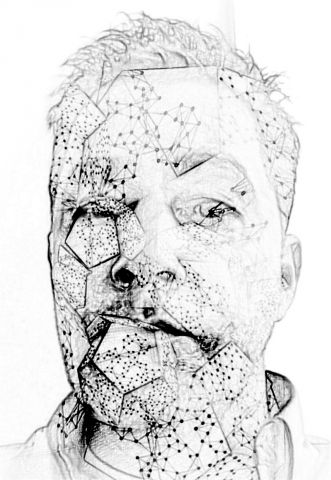And then in steps the doubt…
Why would I do this?
Two separate people have told me I am brave to do this! Why would they say that? Do teachers operate under a culture of repercussion? Am I being foolish?
Consequences matter… don’t they?
Those ping-ponging voices in my head draw me away from what I want to write about again… my pupil like attention span flits from comment, to read article, to thought, searching for the next thread to consider…
Why teach Art?
I’ve never really considered this question! It’s just what I do… I stumbled upon and found I enjoyed. Logic tells me the partner question is “why make Art?” but that’s not for here just yet… or maybe it is? Are they irrevocably connected? For me now though of course, it’s become a critical point.
The one thing that bugs me about this whole debate; that makes me resist this subject, is George Bernard Shaw’s notion; “he who can, does. He who cannot, teaches.” How insulting! The best advocate to avoid the teaching profession ever! How many times have my brothers thrown this at me to rile me… the power it gives intelligent, I want to challenge you pupils! How do I answer?
Why do I teach Art?
NSEAD present an, at first glance, excellent examination and argument for the teaching of art, craft and design in their November E update, http://www.mailbloom.com/webmail.aspx?param=Zrz7Z0n@gBQrw/nX/2ouTkWBREB@lstH , but I question the appeal of their summary to the general public, or as a promotional tool for selling my subject to my pupils. I read it as a very eloquent defense of a topic that is increasingly coming under pressure from a government that only endorses results, as presented by Estelle Morris in the Guardian; http://m.guardian.co.uk/education/2012/nov/26/academies-schools-baccalaureate-exams .
(What am I writing here? What am I doing? BCU educated me not to rant. They encouraged me to support my arguments with substantiated evidence. These are my thoughts, I seek not to upset or alienate; yet I fail to believe that I am the only teacher troubled by this. I fear I’m upsetting my sympathizers).
Accessible language has to play a key role in this. I have qualifications; yet envy the academics that paint pictures with beautiful words that I have to decipher in my dictionary. My terminology I hope is honest and understandable, I would like that it makes sense to the man in the street and hides no hidden agendas. To progress this debate further, we need to engage the clients we serve to utilize their support and get their voices heard. I need to keep it simple.
Distraction, distraction…
…come on, focus…
Why do I teach Art?








